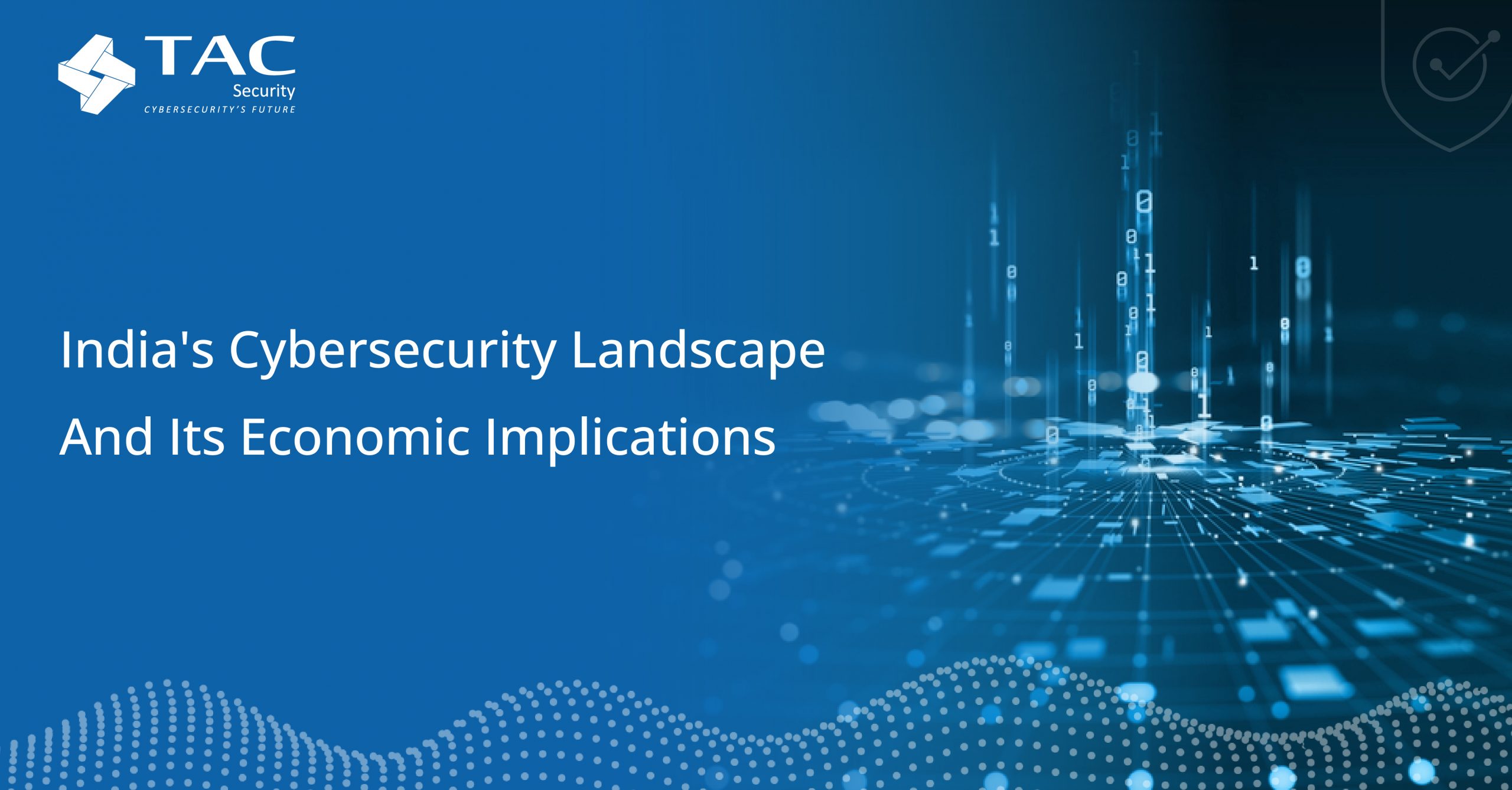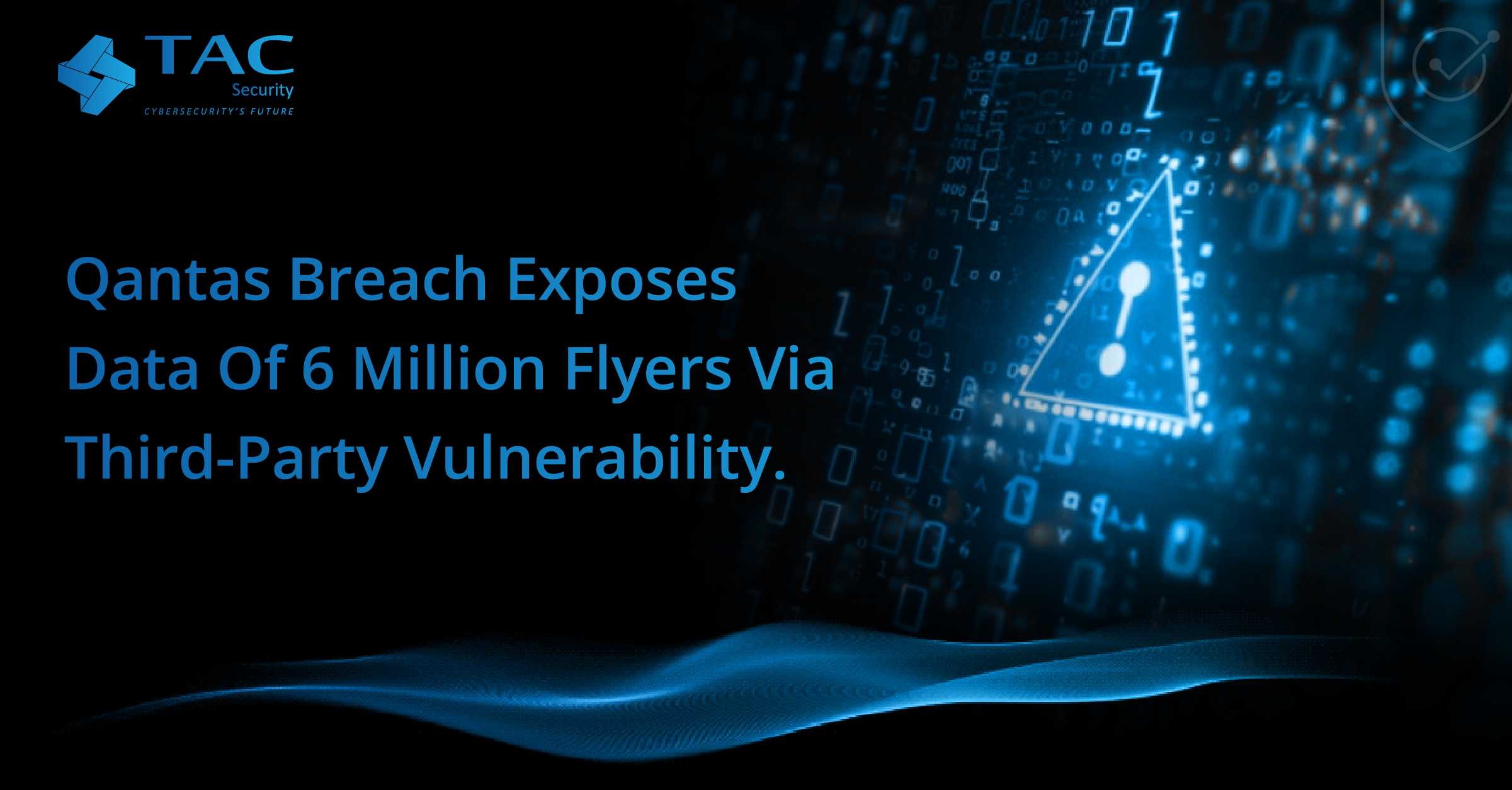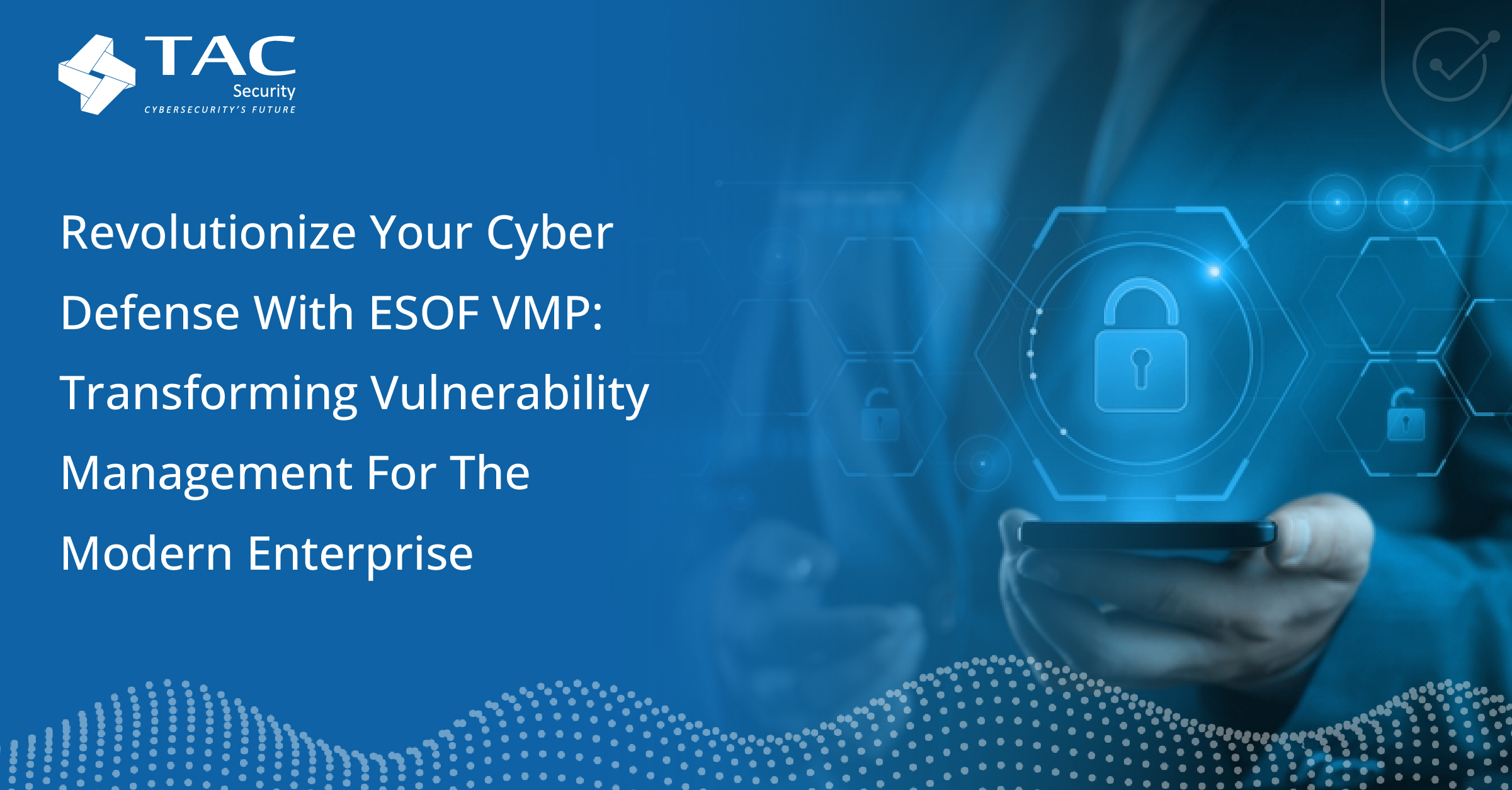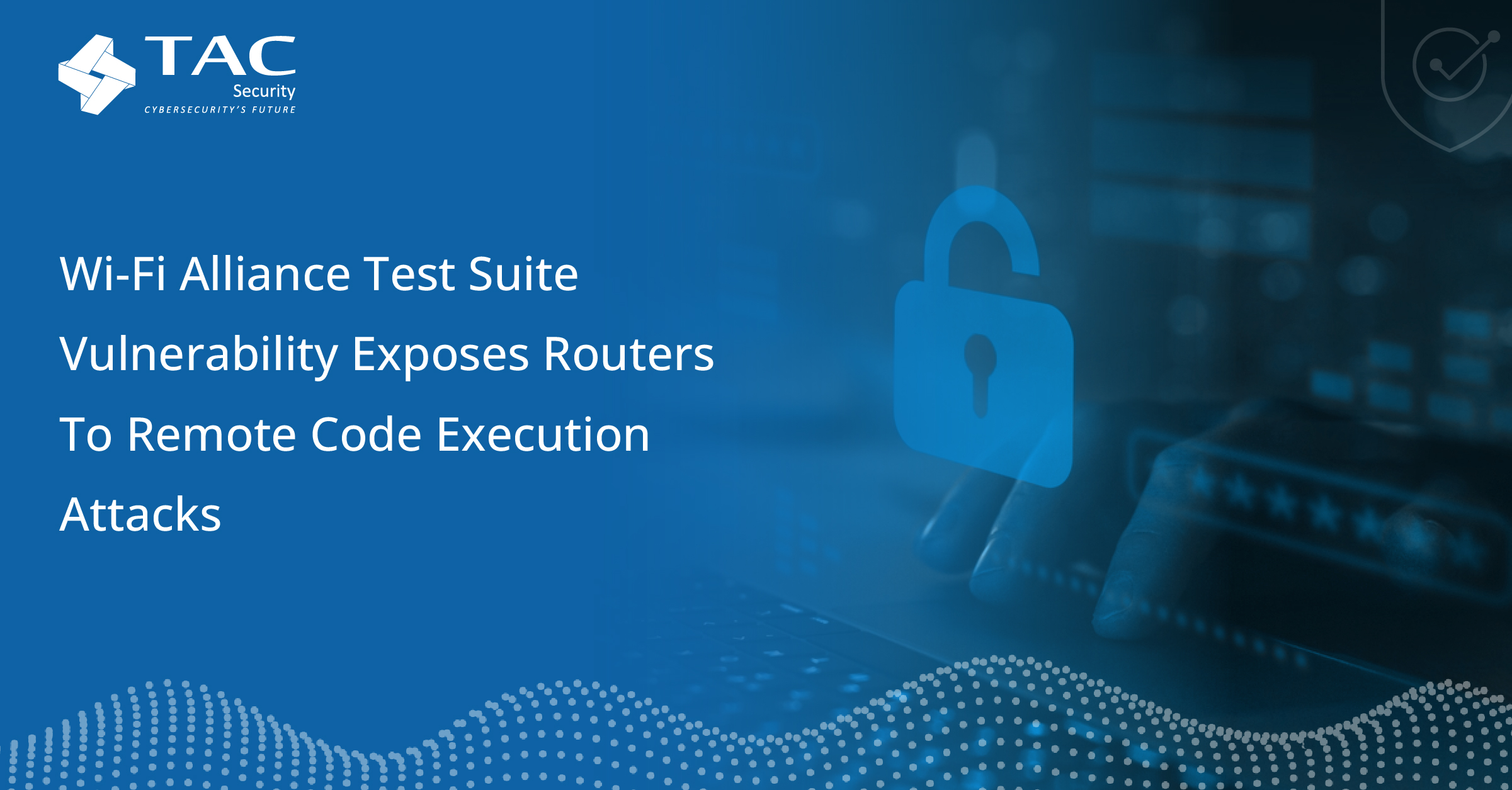
As India accelerates its digital transformation through initiatives like Make in India and Digital India, the country’s economic landscape is experiencing significant positive impacts. With over 1.15 billion phones and more than 700 million internet users, the shift towards a digital economy is undeniable. However, this rapid digitalization brings with it a pressing challenge: cybersecurity.
The Growing Digital Economy
India’s digital ecosystem is flourishing, evidenced by its impressive growth in digital payments. In 2021, the Unified Payments Interface (UPI) managed a staggering 39 billion transactions, amounting to $940 billion—over 30% of the nation’s GDP. The volume of digital payments grew by 26.2% in the 2020-21 period, reflecting a robust adoption of digital financial services.
This digital boom has revolutionized access to financial services, even in rural areas, and created a synergy between private sector innovation and government-led initiatives. However, with increased reliance on interconnected networks and systems comes an increased risk of cyber threats.
The Cybersecurity Challenge
India is one of the most targeted countries in cyberspace. Notable cyber incidents include:
May 2021: Air India reported a breach compromising the data of 4.5 million customers globally.
October 2019: An attempted cyberattack on the Kudankulam Nuclear Power Plant raised significant security concerns.
February 2022: A ransomware attack briefly disrupted operations at the Jawaharlal Nehru Port Container Terminal.
A 2021 survey by CrowdStrike revealed that nearly 75% of Indian corporations faced ransomware attacks, though the Indian government disputes the extent of these claims.
Legislative and Organizational Measures
To address these cyber threats, India has implemented several legislative and organizational measures:
Information Technology Act 2000: Provides a legal framework for addressing cybercrimes and cyberattacks.
Ministry of Electronics and Information Technology (MeitY): Oversees cybersecurity efforts, with the Computer Emergency Response Team (CERT-IN) acting as the primary agency for handling cyber threats.
National Critical Information Infrastructure Protection Center (NCIIPC): Focuses on protecting critical information infrastructure.
Other key bodies include the Cyber and Information Security Division (C&IS) of the Ministry of Home Affairs, which manages various cybersecurity policies and practices, and the Indian Cybercrime Co-ordination Centre (I4C), which coordinates responses to cybercrime across state police forces.
Improving Cybersecurity Posture
India’s cybersecurity strategy must adopt a whole-of-nation approach to address evolving threats:
National Risk Assessment: Conduct a comprehensive assessment of national risks and adversary capabilities. This should involve stakeholder engagement and trusted information-sharing mechanisms.
Governance Structure: Establish a clear governance framework for organizations involved in cybersecurity and crisis management, clarifying roles and responsibilities.
Stakeholder Engagement: Involve various government departments, law enforcement agencies, and corporates in creating and testing security benchmarks through regular drills.
Public-Private Partnership: Encourage collaboration between the government and private sector, focusing on user education and awareness.
International Cooperation: India should engage in international efforts to promote responsible behavior in cyberspace, while seeking balanced approaches to global conventions like the Budapest Convention, which it views as outdated.
The Path Forward
To ensure sustained growth and security in India’s digital economy, the country must balance cybersecurity with privacy and innovation. By fostering a collaborative environment and investing in home-grown solutions, India can enhance its resilience against cyber threats and secure its position as a leader in the global digital landscape. d ensure that their most critical assets are protected. In a world where the stakes are higher than ever, investing in robust cybersecurity is no longer an option—it’s a necessity.





